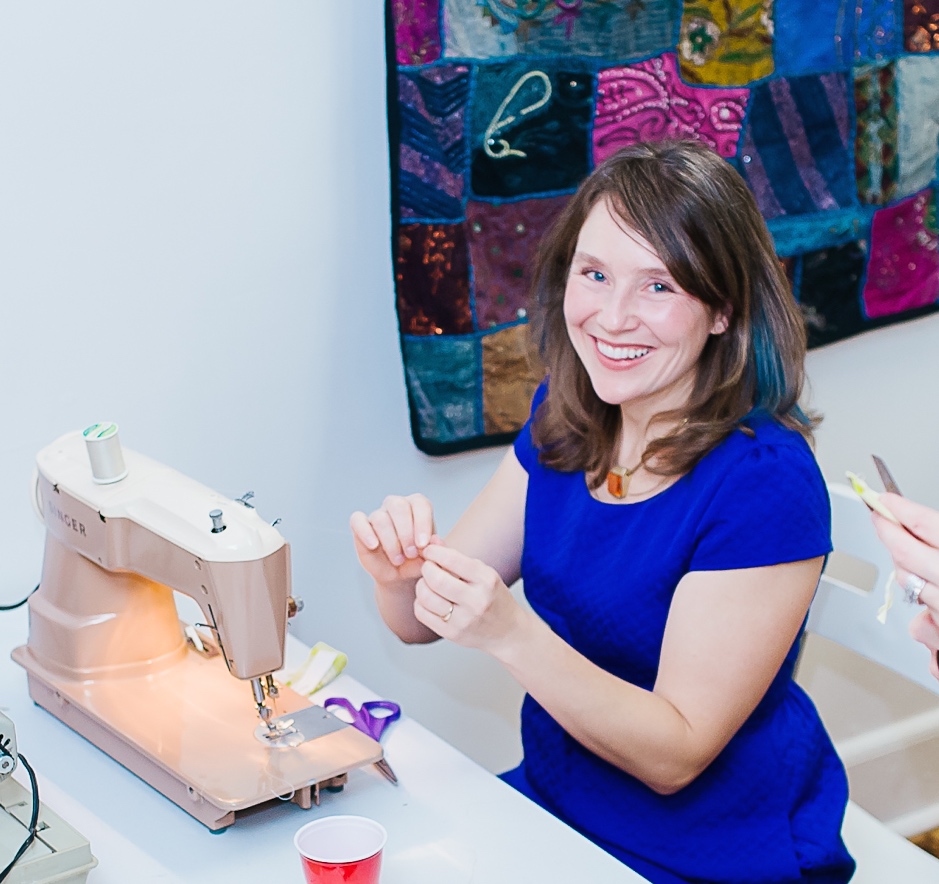Cloud 9’s TOP 9 – Art Supplies for Early Childhood, What materials to pick and Why
Every child (including the adult variety 🙂 should have the opportunity to engage in art-like experiences. I say art-like because the word ART often scares folks off. The goal is not to make ART with our children.
The GOAL is to provide an opportunity for our children to communicate their thoughts visually, experiment with ideas, explore new materials and observe their surrounding environment.
You may be thinking, “That’s a tall order, I’m not sure I’m up for it.” I’d like to tell you that it’s simple, a piece of cake; requiring no additional time or expense. But alas, my nose may grow and my pants may ignite because quite the opposite is true. It DOES take work, it DOES take time and it DOES take a few dollars…but just a few, we say under $15. The positive side is that once you have a few things purchased and arranged, the work and time commitment is minimal and the expense almost nothing at all. Most importantly and this is huge, it will provide your child the skills necessary for future challenges at home and school both while at work and at play. Time spent engaged in art-like experiences will serve your child better than any computer gizmo, electronic device or elaborate toy.
To start, keep the following materials on hand and make them accessible to your child. Offering everything, all at once, all the time is too much. Rather, change out a few things from time to time and make sure they stay neat and organized.
Cloud 9’s TOP 9 – Art Materials for Early Childhood
1. Scissors
2. Glue
3. Paper
4. Paint
5. Painting Tools
6. Play Dough
7. Drawing Tools
8. String or Yarn
9. Beads, Bobbles and anything Shiny
For a list with more details continue reading.
1. SCISSORS- child size, blunt tip safety scissors with plastic finger holes and metal blades. Give your child the opportunity to utilize scissors as much as possible; of course, always with supervision. Learning to use scissors is an empowering skill that takes repeated practice to master.
2. GLUE- both glue sticks and liquid white glue. I use several types of glue in my teaching depending on the project and the desired experience but glue sticks and liquid white glue are ideal for home use. Glue sticks that start out purple allow children to easily see where they have placed the glue.
3. PAPER- white and multicolor, 12×18 paper. Large paper (12×18 or bigger) allows children a full range of motion as they work and can always be cut smaller. There are many options for paper that can be found in your home such as: opened paper grocery bags, unfolded cereal boxes, envelopes sent with bills, back sides of wrapping paper, computer paper and paper plates.
4. PAINT- watercolors and/or tempera cakes. As with brushes, quality does matter when it comes to paint. Name-brands usually provide the most vibrant and concentrated color. It’s worth the extra pennies. For home use, I recommend watercolors and tempera cakes because they are easy to use and require very little clean-up. Liquid tempera paint is a favorite among children. It does require more care, supervision and clean-up but is well worth the effort now and then.
5. PAINTING TOOLS- brushes in various sizes and styles. As with most art materials, you get what you pay for, and that is particularly true with brushes. While you definitely don’t need the most expensive brush on the shelf, don’t buy the cheapest thing you can find. I find the brushes that are sold with watercolor sets work great as a basic, all-around brush.
6. PLAY DOUGH. I learned early on from a top notch art teacher that purple Crayola Dough is the best because it doesn’t dry out as easily as regular play dough and can be softened with a spritz of water. Why only purple? Working with play dough is about the development of thought in 3D and building strength and muscle control in a young child’s hands. Simplifying the color choice helps focus on these objectives. Purple dough, unlike yellow or pink, will not show the dirt and wear.
7. DRAWING TOOLS- pencils, crayons and markers. I have drawing tools of some kind always out and available to encourage mark making throughout the day. Keep in mind, in order to write letters, a child must first master making marks; including, dots, lines and shapes. My favorite crayons are Construction Paper Crayons by Crayola. They are opaque crayons that provide rich and vibrant color; particularly on dark colored papers where traditional crayons don’t show up but they’re tricky to find. Regular crayons will work just fine.
8. STRING or YARN. The thicker the better when it comes to string and yarn. I prefer thick yarn called roving for weaving and most crafts. On the other end of the spectrum, I recently started using a thin, elastic string called …for beading projects because it requires no needle and it’s easy to knot. Most homes have a selection of string here and there. Use what you have and add these more specialty strings when you can.
9. BEADS, BOBBLES AND ANYTHING SHINEY. I’ve always got my eyes peeled for interesting objects my kids can use in their projects. While google eyes, pom poms, beads, bangles and bobbles can all be purchased there is undoubtedly a full assortment of good possibilities right in your home. Found objects encourage creative thinking and an awareness of their surrounding environment.
You can store and arrange tools and materials in store-bought carriers and bins or in old baking trays, muffin tins or bread pans. Copy paper boxes and their lids are useful, as are egg cartons, yogurt containers and plastic to-go containers. Whatever you choose make your arrangement of materials pleasing to the eye and clearly organized. Not only will clean-up be made easier but you will demonstrate to your child how to care for tools and materials.


 Kelcey created Cloud 9 Workshop in 2012. The business name came to her while rocking her youngest in the wee hours of a warm summer morning. While the name came in a flash, the business has taken 11 yrs to develop. She believes art experiences add richness to life & provide opportunities to explore & express thoughts, ideas, & feelings. Currently, she is working towards a doctorate in art education. Time with her family is what she enjoys most & her favorite collection is sea glass & driftwood.
Kelcey created Cloud 9 Workshop in 2012. The business name came to her while rocking her youngest in the wee hours of a warm summer morning. While the name came in a flash, the business has taken 11 yrs to develop. She believes art experiences add richness to life & provide opportunities to explore & express thoughts, ideas, & feelings. Currently, she is working towards a doctorate in art education. Time with her family is what she enjoys most & her favorite collection is sea glass & driftwood. 


